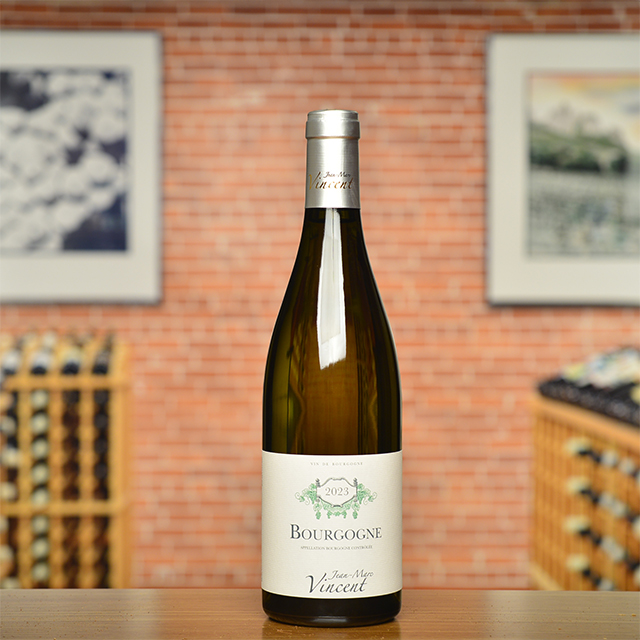Notify me
2017 Fronsac
“Cuvée Piverts”
Château Moulin
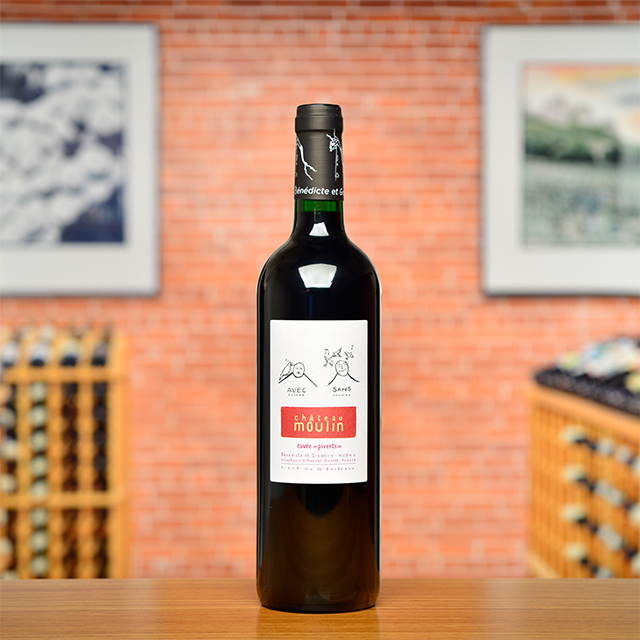
This cuvée isn’t what comes to mind when most people think of Bordeaux. Stuffy men in suits, haute cuisine, tannic reds requiring sickly new oak treatment or absurd bottle age to be approachable . . . forget all that. Bénédicte and Grégoire Hubau of Château Moulin are part of a new school of winemaking in the Bordelais, emphasizing sustainable viticulture and minimal intervention in the cellar. In this sense, the cuvée Piverts represents their most revolutionary bottling: made without added sulfur, it is a transparent reflection of Merlot grown in the limestone and clay of Fronsac, in the heart of Bordeaux’s right bank. We suggest decanting this youthful “natural wine” to best appreciate its purity of fruit and the honest expression of terroir it provides. Fun, gulpability, deliciousness—no, these are not words typically associated with Bordeaux.
—Anthony Lynch
| Wine Type: | red |
| Vintage: | 2017 |
| Bottle Size: | 750mL |
| Blend: | Merlot |
| Appellation: | Fronsac |
| Country: | France |
| Region: | Bordeaux |
| Producer: | Château Moulin |
| Winemaker: | Bénédicte & Grégoire Hubau |
| Vineyard: | 45 years avg., 0.5 ha |
| Soil: | Clay, Limestone |
| Aging: | One-year élevage in cement cuve |
| Farming: | Organic (practicing) |
| Alcohol: | 12.5% |
More from this Producer or Region

2020 Bordeaux Sec “Les Clous”
France | Bordeaux
It has the nerve and precision of the Définition cuvée along with additional weight and structure.
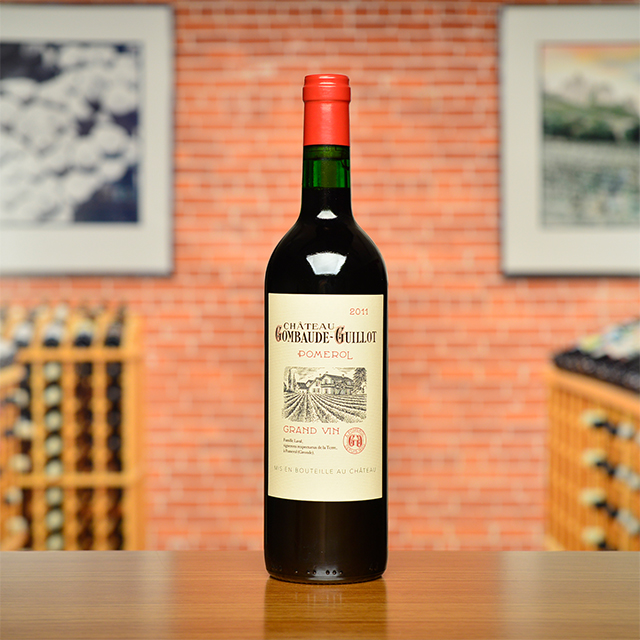
2011 Pomerol
France | Bordeaux
Rich, velvety texture and vivid fruit, suggesting blackberry and plum with an almost wild intensity.

2006 Pomerol
France | Bordeaux
**Extremely limited quantities, maximum three bottles per purchase.**
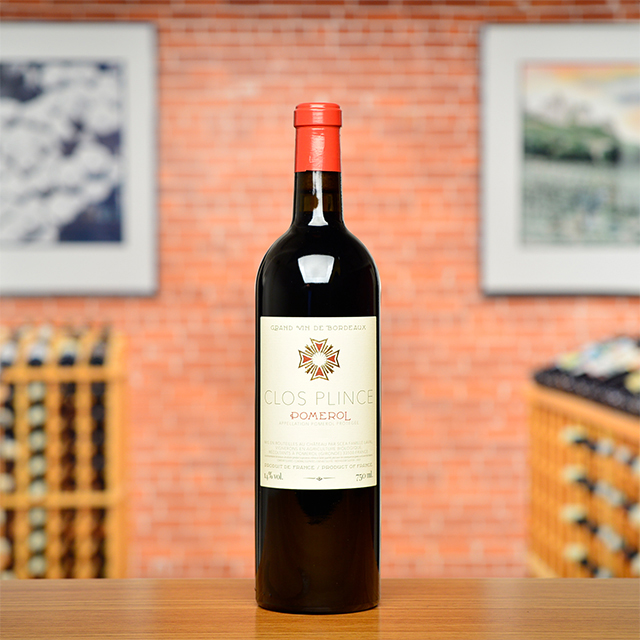
2019 Pomerol “Clos Plince”
France | Bordeaux
This is the perfect example of a fine, elegant version of Merlot.

2020 Atlantique Blanc “Déclinaison”
France | Bordeaux
Artisanal white Bordeaux like you have never tasted before!
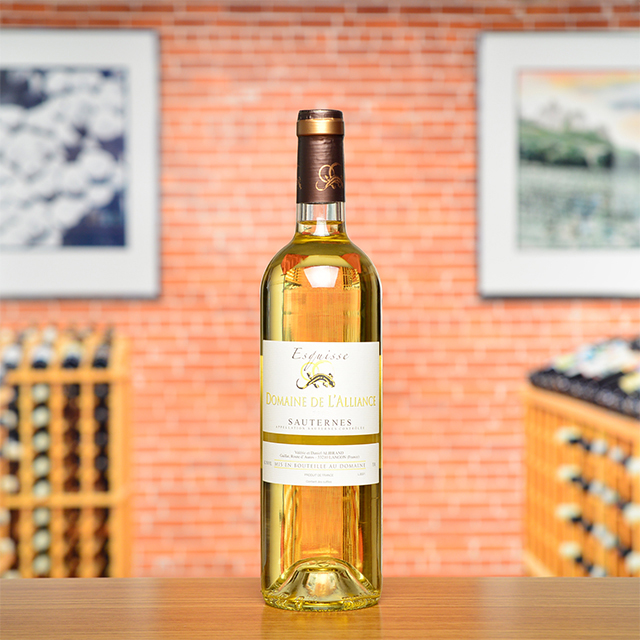
2023 Sauternes “Esquisse”
France | Bordeaux
This refreshing dessert wine is versatile at table—it works wonders as an apéritif or with cheeses—and can still be cellared for several years.

2011 Pomerol MAGNUM
France | Bordeaux
With incredible depth, power, and fine but grippingly youthful tannins, this is unmistakably Pomerol.

2021 Bordeaux Blanc “Définition”
France | Bordeaux
A simply stunning white that seems to not just elevate the food on your plate, but your entire mood.
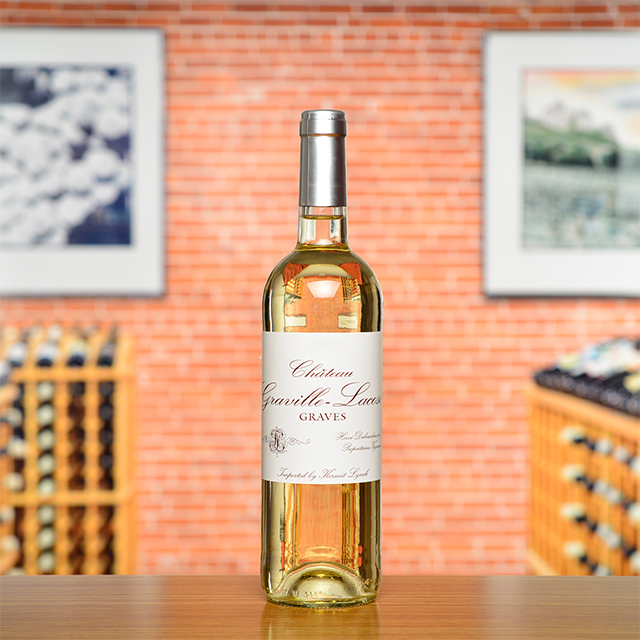
2024 Graves Blanc
France | Bordeaux
Brimming with honeysuckle, lychee, and citrus, this Bordeaux blend is reliably harmonious with Eastern cuisine.

2011 Canon-Fronsac
France | Bordeaux
At thirteen years old, its brambly berry notes are but a memory of its youth. They have evolved and taken on a woodsier sophistication.
About The Producer
Château Moulin
About The Region
Bordeaux

Often considered the wine capital of the world, Bordeaux and its wines have captured the minds, hearts, and wallets of wine drinkers for centuries. For many, the wines provide an inalienable benchmark against which all other wines are measured.
Bordeaux is divided into three winegrowing regions with the city that gives the region its name in the near geographical center. The “right bank,” or the area located east of the Dordogne River, produces wines that are predominantly Merlot with small amounts of Cabernet Franc and Cabernet Sauvignon. The “left bank” is located to the west of the Garonne River and produces wines dominated by Cabernet Sauvignon, with Cabernet Franc, Merlot, Malbec and Petit Verdot.
The third region, Entre-Deux-Mers, lies between both rivers and produces white wines from Sauvignon Blanc, Sémillon, and Muscadelle. Though technically in the left bank, it is worth noting the appellation of Sauternes, which produces arguably the world’s most famous sweet wines from Sauvignon Blanc, Sémillon, and Muscadelle as well.
Though many top Bordeaux wines are sold en primeur (in advance of their bottling) and often through a middleman known as a negoçiant, Kermit has always preferred to purchase directly from the winemaker. For more than three decades he has sought out small producers, who make classic Bordeaux wines and are willing to play outside the negoçiant system. This ethic has led to longstanding relationships, excellent prices, and perhaps most important—wines of great value and longevity.
More from Bordeaux or France
2022 Bordeaux Sec “Les Clous”
Domaine de l’Alliance France | Bordeaux
2020 Atlantique Blanc “Déclinaison”
Domaine de l’Alliance France | Bordeaux
2021 Bordeaux Sec “Les Clous”
Domaine de l'Alliance France | Bordeaux
2024 Graves Blanc HALF BOTTLE
Château Graville-Lacoste France | Bordeaux
2023 Sauternes “Esquisse”
Domaine de l'Alliance France | Bordeaux
1986 Saint-Julien
Château Gruaud Larose France | Bordeaux
2020 Bordeaux Sec “Les Clous”
Domaine de l’Alliance France | Bordeaux
2022 Sauternes
Domaine de l’Alliance France | Bordeaux
2011 Pomerol MAGNUM
Château Gombaude-Guillot France | Bordeaux
2023 Sauternes HALF BOTTLE
Château Roûmieu-Lacoste France | Bordeaux
2017 Pomerol
Château Gombaude-Guillot France | Bordeaux
2019 Pomerol “Clos Plince”
Château Gombaude-Guillot France | Bordeaux
2022 Bordeaux Sec “Les Clous”
Domaine de l’Alliance France | Bordeaux
2020 Atlantique Blanc “Déclinaison”
Domaine de l’Alliance France | Bordeaux
2021 Bordeaux Sec “Les Clous”
Domaine de l'Alliance France | Bordeaux
2024 Graves Blanc HALF BOTTLE
Château Graville-Lacoste France | Bordeaux
2023 Sauternes “Esquisse”
Domaine de l'Alliance France | Bordeaux
1986 Saint-Julien
Château Gruaud Larose France | Bordeaux
2020 Bordeaux Sec “Les Clous”
Domaine de l’Alliance France | Bordeaux
2022 Sauternes
Domaine de l’Alliance France | Bordeaux
2011 Pomerol MAGNUM
Château Gombaude-Guillot France | Bordeaux
2023 Sauternes HALF BOTTLE
Château Roûmieu-Lacoste France | Bordeaux
2017 Pomerol
Château Gombaude-Guillot France | Bordeaux
2019 Pomerol “Clos Plince”
Château Gombaude-Guillot France | Bordeaux
Our Guarantee

Our Guarantee
We only import wine we drink and enjoy ourselves, directly from the source.
Our wine tastes the same in your home as it did where it was bottled in Europe.
Like the long-term relationships we build with growers, we build long-term relationships with our clients. Have a question? Need wine advice? Just give us a call—510-524-1524.



